Planting seeds of water spinach and molokhia (Growing kangkong and mulukhiya from seeds)
Grow water spinach and molokhia in soil cultivation. (Mulukhiya and water spinach farming.) This time, I will explain how to plant the seeds of water spinach and molokhia. (Growing kangkong and mulukhiya from seeds.)
Molokhia (Mulukhiya or jew’s mallow) comes from hot regions, so the best time to plant the seeds is around May to June. For water spinach (kangkong), you can plant the seeds from May to the end of July, which is a longer period than molokhia.

Molokhia, which comes from tropical regions, is strong in the heat and grows well in summer. It is also quite resistant to pests and diseases, and easy to grow, so it is good for beginners.
Water spinach (kangkong) is also easy to grow, just like mulukhiya, so it is good for home gardening.

Planting seeds is easier with water spinach (kangkong) because the seeds are bigger. Molokhia (mulukhiya) seeds are poisonous, so be careful not to eat them while planting. (The seed packets you buy should say that the seeds are poisonous.)
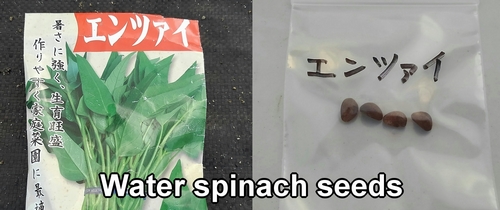
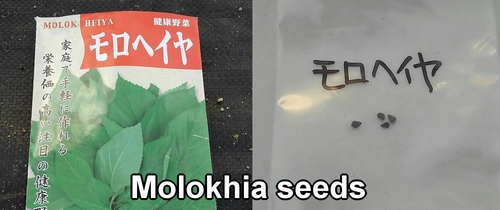
The soil preparation for water spinach and molokhia was in late May. We added fertilizer to the planting area and made the bed.
How to plant seeds of water spinach and molokhia (Growing kangkong and jew’s mallow from seeds)
For planting water spinach and molokhia seeds, we make 2 holes in a plot of about 65cm x 40cm (2 feet x 1.5 feet). You need about 20cm (8 inches) of plant water spinach and molokhia spacing.

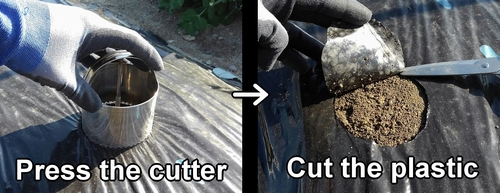
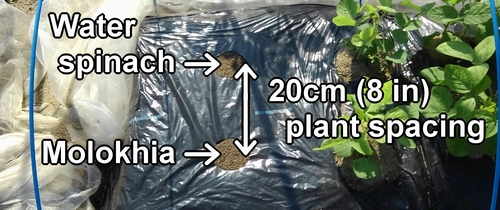
Both water spinach and molokhia are planted using seeding in hill. Sow 4 seeds in each hole. The planting depth is approximately 1cm (0.4 inches). Press seeds in to a depth of 1cm (0.4 inches) with a toothpick or similar tool.

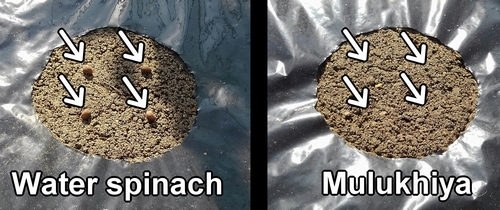

Cover the water spinach and molokhia seeds with soil, press down with your hand. Firmly pressing ensures that seeds and soil adhere closely, allowing water to spread evenly, promoting uniform germination.

Put on a non-woven fabric (to protect the seeds). Fix the non-woven fabric with garden pins.
By placing a non-woven fabric, you can prevent the seeds from drying out, and it also shields them from direct contact with watering or rainwater, protecting the seeds.

After covering with non-woven fabric, water the soil to the point of moisture. (Be careful not to overwater, as it can cause the seeds to rot.) With this, the water spinach and mulukhiya seeding is complete. (The seeds of kangkong and molokhia are planted.)

Following is the video for how-to. English subtitles are available.





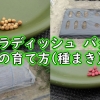







Discussion
New Comments
No comments yet. Be the first one!